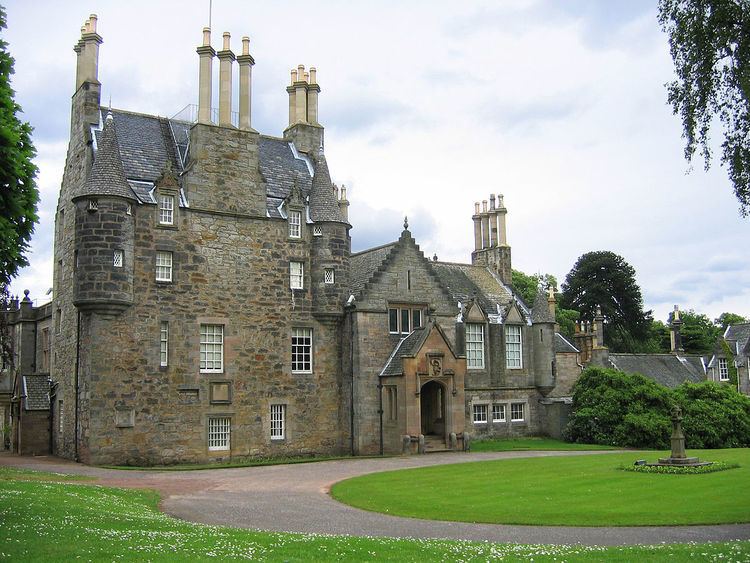Open tothe public Yes Materials Stone | Built c. 1590 Phone +44 131 336 2060 | |
 | ||
In use 16th century to 21st century Hours Closed now Monday8AM–5PMTuesday8AM–5PMWednesday8AM–5PMThursday8AM–5PMFriday8AM–5PMSaturday8AM–5PMSunday8AM–5PM Similar Museum of Edinburgh, Museum of Childhood, The People's Story Mus, City Art Centre, Writers' Museum Profiles | ||
Escape from lauriston castle game walkthrough eightgames
Lauriston Castle is a 16th-century tower house with 19th-century extensions overlooking the Firth of Forth, in Edinburgh, Scotland. It lies on Cramond Road South, between Cramond, Davidson's Mains, and Silverknowes. The substantial grounds, Lauriston Castle Gardens, operate as a local park.
Contents
- Escape from lauriston castle game walkthrough eightgames
- Lauriston castle
- History
- Design
- Gardens
- Ghost
- References
Lauriston castle
History
A Lauriston Castle stood on this site in medieval times but was almost totally destroyed in the raids on Edinburgh in 1544 by the earl of Hertford.
A tower house was re-built around 1590 by Sir Archibald Napier of Merchiston, father of John Napier, for his younger son, also named Archibald. Later, it was the home of John Law (1671–1729), the economist, Right Hon. Andrew Lord Rutherfurd (1791–1854), and Thomas Macknight Crawfurd of Cartsburn and Lauriston Castle, 8th Baron of Cartsburn from 1871 to 1902. In 1827, Thomas Allan, a banker and mineralogist, commissioned William Burn (1789–1870) to extend the house in the Jacobean style.
On 3 December 1827 Sir Walter Scott wrote in his journal: 'Went with Tom Allan to see his building at Lauriston where he has displayd good taste; supporting instead of tearing down or destroying the old Chateau which once belonged to the famous Mississippi Law. The additions are in very good taste and will make a most comfortable house.'
William Robert Reid, proprietor of Morison & Co., an Edinburgh cabinetmaking business, acquired Lauriston Castle in 1902, installed modern plumbing and electricity, and he and his wife Margaret filled the house with a collection of fine furniture and artwork. The Reids, being childless, left their home to Scotland on the condition that it should be preserved unchanged. The City of Edinburgh has administered the house since Mrs Reid's death in 1926, which today offers a glimpse of Edwardian life in a Scottish country house.
In 1905, during one of its numerous refurbishments, a stone carving of an astrological horoscope was installed in the outer wall, on the southwest corner. The horoscope was reputedly done by John Napier for his brother. It can be seen in some pictures on the front wall, beneath the left-most stair tower, near the ground.
Design
Lauriston Castle was originally a four-storey, stone L plan tower house, with a circular stair tower, with two storey angle turrets complete with gun loops. A Jacobean range was added in 1827, to convert it to a country manor. This was designed by the prominent architect William Burn.
The majority of the interior is Edwardian.
Gardens
The extensive gardens at Lauriston are open to the public at no charge and include a number of different styles and forms. The most recent addition is a notable Japanese garden of one hectare. The garden, built by Takashi Sawano, and dedicated as the Edinburgh-Kyoto Friendship Garden, opened in August 2002.
At the back of the castle there are beautiful views of the Firth of Forth and beyond to Fife, which are enjoyed by members of the Edinburgh Croquet Club on the three croquet lawns laid out on the castle grounds between 1950 and 1955.
To the north-east the gardens include some excellent mature examples of monkey puzzle trees (Araucaria araucana).
The site is also famed for its bluebell wood but the size of this was much reduced by the formation of the Japanese Garden.
Ghost
Lauriston Castle, like so many other Scottish castles, is reputedly haunted. It is said that the sound of ghostly footsteps can be heard.
